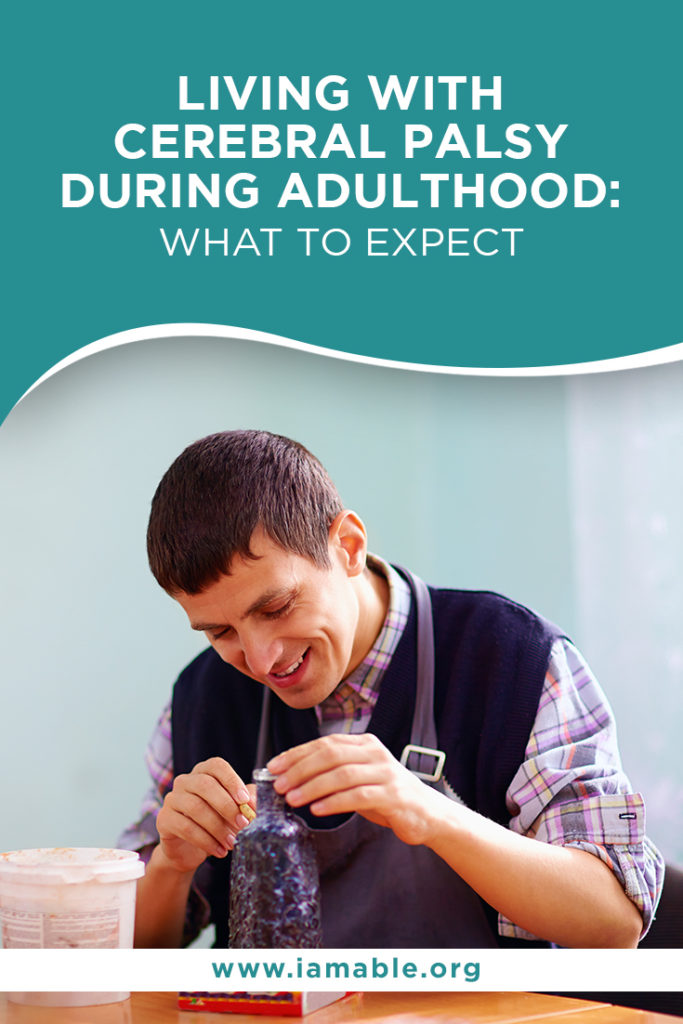Miami, FL 33186

A significant number of patients coming to our neurological recovery center in Miami have their fair share of fears and challenges because of cerebral palsy. Notably, some wonder what adult life would be like for them and what they should expect concerning their cerebral palsy symptoms.
Will it worsen with time? How should patients and loved ones adjust their lifestyles? Most importantly, how can patients minimize the impact of the condition?
Whether you’re a patient or a loved one hoping to provide better care and assistance, we hope our guide on living with cerebral palsy during adulthood can help you navigate everyday challenges.
Cerebral palsy is among the leading cause of mobility problems in children. In fact, the latest numbers show that up to 10,000 babies get diagnosed with this condition right after birth. Patients diagnosed with this condition usually experience the following symptoms:
The symptoms do not progress or worsen. However, they can cause significant problems in aging patients because of additional health issues like degenerative disc diseases, rheumatoid arthritis, and diabetes.
Thousands of aging patients who live with cerebral palsy feel anxious and overwhelmed because of their symptoms. This is because aging bodies cope differently with complex conditions. Cell and tissue repair also slows down significantly at this point in life, making it more challenging for patients to find relief.
To give you a better overview of how cerebral palsy affects aging patients, let’s examine the different complications that the condition triggers:
Increased muscle spasticity (unnecessary muscle movements) can prevent patients from moving around normally. Worst of all, several mobility issues can make you susceptible to injuries because of accidents like slipping or tripping.
Having speech and communication impairment can make it harder for patients to seek help from their loved ones or healthcare provider. In addition, such issues can prevent you from expressing how you feel because of the symptoms.
In a 2015 study, researchers found that seniors with cerebral palsy also have heart and lung problems like asthma, emphysema, and stroke. Unfortunately, studies attribute this noticeable trend to the significant changes in the blood vessels, the heart muscles, and the lungs.
A large fraction of patients living with cerebral palsy struggle with feeding or swallowing problems. Unfortunately, this increases risks for aspiration and malnutrition. It can also impact your mental health, especially if you find pleasure in eating good food.
The symptoms can take away your liberty to do things on your own. This means you might have to depend on healthcare providers or loved ones to perform even the simplest activities like eating, brushing teeth, putting and removing clothes, and getting in and out of bed.
Getting diagnosed with cerebral palsy can be devastating and discouraging. But, that doesn’t mean that you should let your symptoms completely take control.
Several case studies have proven that early detection and management of cerebral palsy can turn things around for patients. So it would most definitely help to seek the help of professionals at a neurological recovery center in Miami. This way, you can engage in different therapy treatments such as:
Guided exercises can help soothe tension and prevent muscle wasting. It can also help re-establish severed or damaged nerve pathways.
To cope with speech loss or communication problems, you can undergo speech and language therapy. This will come in handy in learning how to express yourself through sign language or assistive devices like communication boards.
This form of therapy for cerebral palsy patients can help you regain lost motor function. It can also support you in retraining your muscles and brain for basic activities like buttoning your shirt and picking up a glass of water from the table.
Some patients, especially the younger ones, benefit from recreational therapy techniques because it re-activates both lost sensory and motor functions. It can also help you retrain your mind to think quickly during challenging situations.
This treatment program uses a multi-modal approach to improve a patient’s life. It can include physical therapy, speech therapy, treadmill training, full body massage, and joint mobilization techniques.
Besides working hand in hand with cerebral palsy specialists and therapists, it would help to practice basic patient care techniques such as:
We want to emphasize the value of seeking professional patient care when diagnosed with cerebral palsy. We hope you follow the tips listed above and begin working with our therapists and fitness trainers here at iAM ABLE. The earlier you start receiving cerebral palsy patient care, the better you can cope with its symptoms as you reach your sunset days.
To learn more about our programs for patients with cerebral palsy, you can reach us at 305-283-9717 or send an email to alfred@iamable.org. Alternatively, you can drop by our neurological recovery center in Miami at 14241 SW 120 ST Suite #107.
Want to understand more about how paralyzed patients move forward with their lives? Grab a copy of the iAM ABLE eBook on thriving with paralysis today!
Grab our free e-book 7 Unbelievably Important Steps to Take to THRIVE after Paralysis by clicking the image below.
